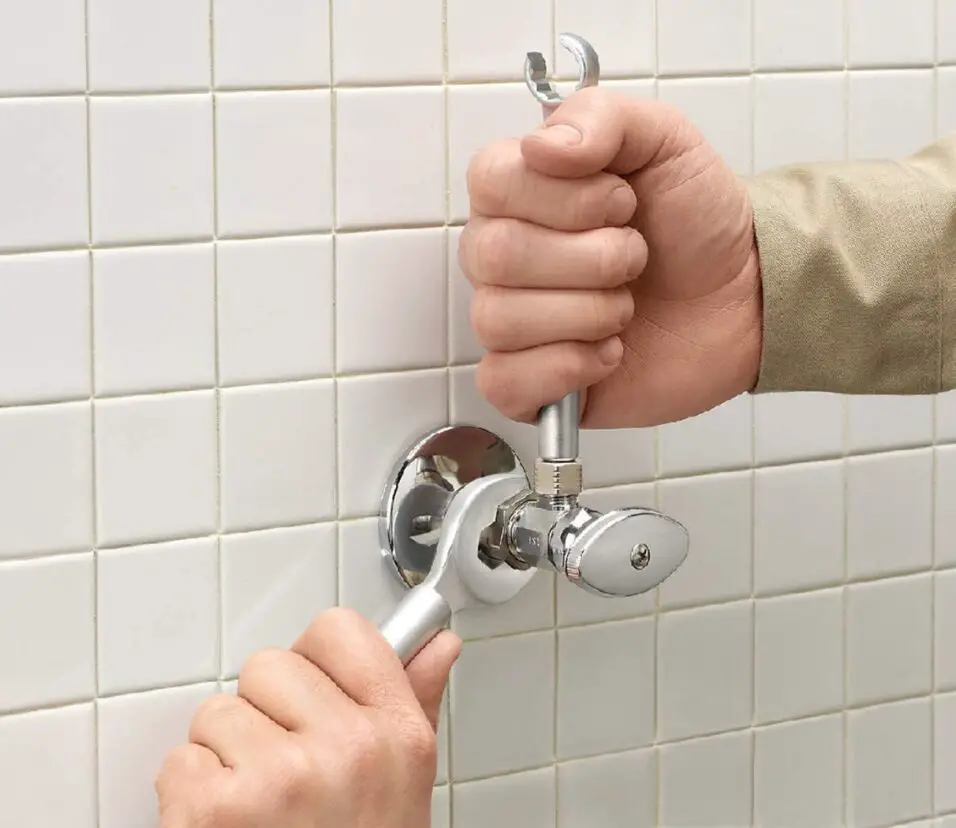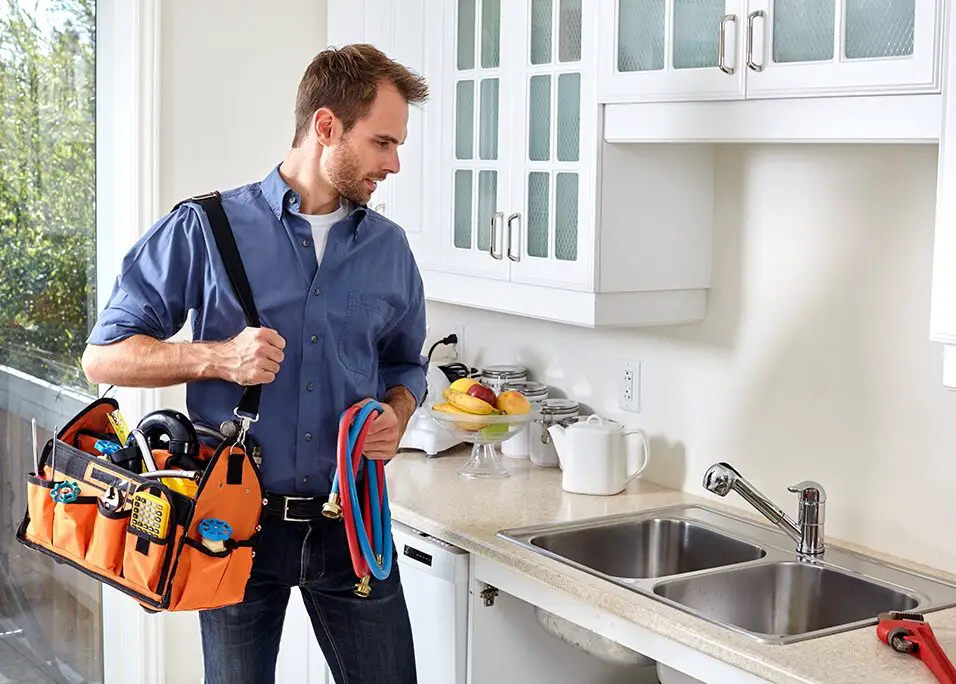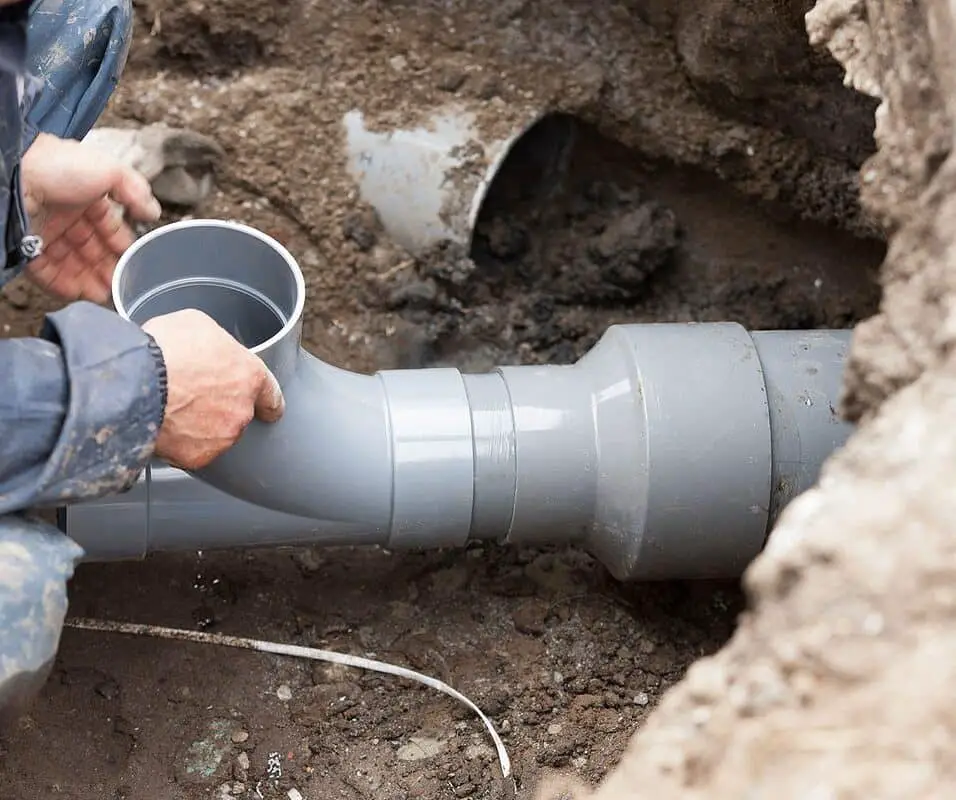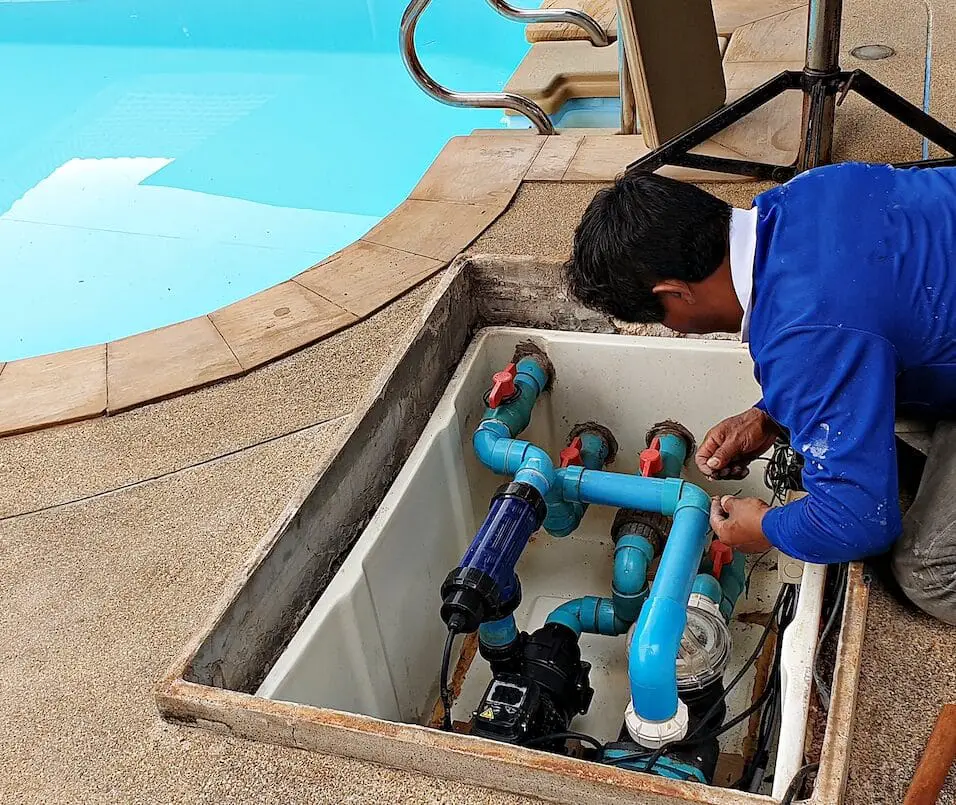How To Vent Basement Bathroom Plumbing
Introduction
How To Vent Basement Bathroom Plumbing: Before beginning any, familiarize yourself with the local building codes and regulations. These codes vary from one jurisdiction to another and outline specific requirements for venting systems. Adhering to these codes will ensure that your plumbing meets the necessary standards and operates safely. Vent pipes should be positioned in such a way that they allow for efficient air circulation. Ideally, vent pipes should extend vertically and connect to the main vent stack or exit through the roof.
If vertical venting is not possible due to space limitations, alternative methods such as air admittance valves (AAVs) or studor vents may be used. However, it’s important to consult local codes to determine if these alternatives are allowed in your area. The diameter of vent pipes plumbing work is crucial for optimal venting. Smaller pipes can lead to restricted airflow, causing problems such as clogs and slow drainage. It’s important to consult plumbing codes or seek professional advice to determine the appropriate pipe size for your basement bathroom’s ventilation needs.
Whenever possible, connect the basement bathroom vent pipes to the main vent stack of the house. This connection allows for proper air circulation and equalizes air pressure throughout the plumbing system. If the main vent stack is not easily accessible in the basement, consider running a separate vent pipe that connects to the nearest vent stack. In some cases, especially when traditional venting methods are not feasible, mechanical ventilation systems can be installed to ensure proper airflow. These systems typically involve the use of exhaust fans or air exchangers that help remove odors and maintain air quality in the basement bathroom.

How do you vent a bathroom in a basement?
Installing a ceiling vent is probably the most efficient way to ventilate a bathroom with no outside access. A ceiling vent is a unique machine that allows air to escape from the bathroom. In other words, it’s a machine that, like an open window, allows moisture to escape from your bathroom.
Understand Local Building Codes: Before you begin any plumbing work, it is essential to familiarize yourself with the local building codes and regulations. These codes vary from one jurisdiction to another and provide guidelines on venting requirements and specifications. Adhering to these codes ensures compliance and the safety of your plumbing system.
Determine Vent Pipe Placement: The placement of vent pipes is crucial for effective ventilation. Ideally, vent pipes should extend vertically and connect to the main vent stack or exit through the roof. However, in the case of a basement bathroom, vertical venting may not always be possible due to space limitations. In such situations, alternative methods like air admittance valves (AAVs) or studor vents can be used.
Choose the Right Pipe Size: Proper pipe sizing is essential for efficient venting. Smaller pipes can restrict airflow, leading to issues like slow drainage and clogs. Consult plumbing codes or seek professional advice to determine the appropriate pipe size for your basement bathroom’s ventilation needs.
Connect to the Main Vent Stack: Whenever possible, it is advisable to connect the basement bathroom vent pipes to the main vent stack of the house. This connection allows for proper air circulation and equalization of air pressure throughout the plumbing system. If accessing the main vent stack in the basement is not feasible, consider running a separate vent pipe that connects to the nearest vent stack.
Does a basement bathroom need a vent pipe?
Every bathroom needs ventilation, especially basement ones. These critical rooms need ventilation like any other room or you won’t want to sit for more than a few minutes.
Odor Control: Vent pipes remove bad smells from plumbing systems. Without a vent pipe, wastewater and sewer gases might get trapped in pipes or the bathroom, causing odors. These scents are safely evacuated from a properly vented basement bathroom.
Vent pipes help drain water efficiently. Without a vent line, wastewater creates a vacuum that slows drainage. This can cause gurgling, slow sink drains, and improper toilet flushing. Vent pipes circulate air to keep wastewater flowing and prevent these concerns.
Prevention of Water Seal Breakage: Toilets and sinks use water seals or traps to keep sewer gasses out. The water seal separates the fixture from the sewage. Negative pressure in the plumbing system can break the water seal without sufficient ventilation. Air intake from a vent pipe equalizes pressure and prevents water seal rupture.
Building codes mandate vent pipes in basement bathrooms. These codes protect plumbing system safety, health, and functionality. Installation or renovation of a basement bathroom must comply with local building rules, which include venting restrictions.
How do you vent bathroom plumbing?
In most cases, 2″ PVC is fed from the ceiling into the toilet wall. The vent pipe joins the toilet drain. The 1.5″ pipe branches off the 2″ PVC mainline to vent the sink and tub/shower drain pipes.
The purpose of venting is to prevent sewer gasses and odors from building up in the plumbing system. Maintaining air pressure lets wastewater flow smoothly and prevents gurgling and delayed drainage. Venting ensures plumbing system efficiency by allowing air to enter and depart.
Main Vent Stack: This vertical pipe passes through the home and exits through the roof. The main venting duct lets air exit the plumbing system. Find your house’s primary vent stack to find the best bathroom vent pipe connection location.
The size of the vent pipe depends on your bathroom fixtures and local plumbing codes. Toilet vent pipes are usually larger. Check local plumbing codes or hire an expert to establish the right vent pipe size for your bathroom.
Ideally, the vent pipe should connect to the main vent stack. This may require running a new vent pipe from the bathroom to the main stack or connecting to an existing one. The connecting point should be above the highest bathroom fixture for proper ventilation. The vent pipe should be connected to the main stack using Y-fittings or sanitary tees.
How to plumb a basement bathroom without breaking concrete?
Basement Bathroom Plumbing: Planning for a Below-Grade Lavatory
You can tie a bathroom tub or shower into an upflush toilet system, which eliminates the need to break into the concrete floor. The system sends the wastewater from the shower drain and toilet to a holding tank before being pumped to the main sewer line.
Consider an Up-Flush Toilet System: One of the most effective ways to plumb a basement bathroom without breaking concrete is by using an up-flush toilet system. This system allows you to install a bathroom anywhere in your basement without the need for traditional gravity-based plumbing. An up-flush toilet system utilizes a macerating unit that grinds waste and pumps it upward to the main drain line. This eliminates the need for extensive digging or breaking of concrete to install a traditional toilet flange.
Utilize Above-Floor Plumbing: Another option is to utilize above-floor plumbing for your basement bathroom. This method involves running the plumbing lines above the concrete floor rather than embedding them in the concrete. You can use pre-made drain panels or build a raised platform to conceal the plumbing lines and create a level surface for the bathroom fixtures. By incorporating this approach, you can avoid the need to break the concrete and simplify the installation process.
Use Sanitary Base Plates: Sanitary base plates are specifically designed to allow for easy installation of plumbing fixtures without the need for concrete removal. These plates have openings that accommodate drain pipes, allowing you to connect the fixtures directly to the existing drain lines.
Can you put a bathroom in a basement without rough in plumbing?
Are you adding a basement bathroom to a new house or an old house? Usually, older homes won’t come with a rough-in. If your basement isn’t set up to include the necessary systems like drains and plumbing vents, you will need to have them added.
Assess the Existing Plumbing Layout: Start by assessing the location of the existing plumbing lines in your basement. Look for nearby drain lines and sewer connections that can potentially be extended to accommodate the new bathroom. Understanding the existing plumbing layout will help determine the feasibility and potential challenges of adding a bathroom without rough-in plumbing.
Consider an Up-Flush Toilet System: An up-flush toilet system, also known as a macerating toilet system, is an effective solution for adding a bathroom to a basement without rough-in plumbing. This system utilizes a macerating unit that grinds waste and pumps it upward to the main drain line. Up-flush toilets eliminate the need for extensive digging or breaking of concrete to install a traditional toilet flange and drain lines. However, it is important to note that the additional plumbing fixtures, such as sinks and showers, may still require rough-in plumbing.
Utilize Above-Floor Plumbing: Above-floor plumbing is another option for adding a bathroom without rough-in plumbing. This approach involves running the plumbing lines above the concrete floor, using pre-made drain panels or building a raised platform to conceal the pipes. Above-floor plumbing allows you to install the necessary drain lines and supply lines without the need to break the concrete. It can be a suitable solution for smaller basement bathrooms or when breaking concrete is not feasible.
How do you hide PVC pipes in a basement?
Cover them up!
You can purchase plastic or wooden pipe coverings at most hardware stores to match your decor. Simply spray some adhesive spray over the pipe and wrap your covering around it.
Build Enclosures or Bulkheads: One popular approach is to build enclosures or bulkheads around the PVC pipes. This involves constructing a box-like structure around the pipes using drywall, wood panels, or other suitable materials.
Utilize Drop Ceilings or Soffits: Another effective method to hide PVC pipes in a basement is by incorporating drop ceilings or soffits. A drop ceiling is a suspended ceiling system that consists of a grid framework and ceiling tiles.
Incorporate False Walls: False walls are another option for hiding PVC pipes in a basement. By constructing a partition wall in front of the pipes, you can effectively conceal them from view.
Can we provide toilet in basement?
A basement toilet is a necessary addition to any bathroom, but the plumbing can be a bit difficult. Check out these solutions for installing a bathroom toilet in your basement bathroom.
Plumbing Accessibility: The first consideration is the accessibility of plumbing lines in the basement. Installing a toilet requires connecting it to the existing plumbing system, including the main sewer or septic line. Assess the location and proximity of the plumbing lines in your basement to determine the feasibility of installing a toilet.
Gravity vs. Up-Flush System: Two common options for installing a toilet in the basement are utilizing a gravity-based system or an up-flush toilet system. A gravity-based system relies on the natural flow of wastewater using gravity to move it through the plumbing pipes. If the basement is below the level of the main sewer or septic line, an up-flush toilet system may be necessary. An up-flush system utilizes a macerating unit that grinds waste and pumps it upward to the main drain line. This system eliminates the need for extensive excavation or breaking of concrete to install a traditional gravity-based system.
Ventilation: Proper ventilation is crucial for any bathroom, including one in the basement. Ventilation helps eliminate odors and moisture, ensuring a healthy and comfortable environment.
Building Codes and Permits: Before installing a toilet in the basement, it is essential to familiarize yourself with local building codes and regulations. These codes vary by jurisdiction and specify requirements for plumbing systems, including toilets. Ensure that your planned installation complies with these codes, and obtain any necessary permits before starting the project.
Why basement bathroom benefits?
The Benefits of a Basement Bathroom in Your Home
Having a bathroom downstairs in your basement allows a safer, easier alternative for those bathroom needs. Plus, if you happen to have a basement office or workspace that you use, a bathroom nearby can be extremely convenient for you, too.
Convenience and Accessibility: Having a bathroom in the basement provides an additional level of convenience, especially if your main living spaces are located on upper levels of the house. It eliminates the need to climb stairs or travel long distances to use a restroom, particularly during nighttime or when entertaining guests in the basement area. A basement bathroom can offer more accessible and private facilities, particularly for family members or guests with mobility issues.
Increased Functionality: Adding a bathroom to your basement expands the functional possibilities for this space. Whether you have a finished basement used as a living area, entertainment space, or guest suite, having a bathroom nearby enhances the overall usability and versatility of the basement. It allows for a self-contained living area that provides all the necessary amenities without the need to constantly go upstairs.
Enhanced Comfort for Overnight Guests: If you frequently host overnight guests, having a basement bathroom can greatly enhance their comfort and privacy. It provides a dedicated space for guests to freshen up and attend to their personal needs without intruding on the main living areas of the house. This can create a more welcoming and accommodating environment for visitors.
Increased Home Value: Adding a basement bathroom can significantly increase the value of your home. It adds an extra level of convenience and can make your property stand out from others on the market.
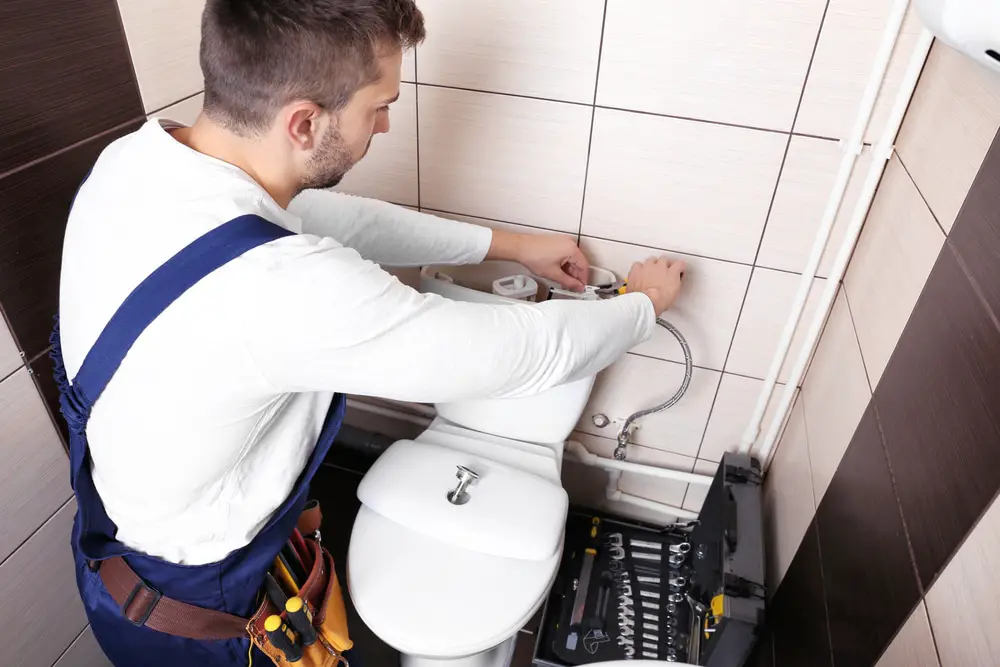
Conclusion
Proper venting of basement bathroom plumbing is essential to maintain a well-functioning and efficient system. Ventilation plays a critical role in preventing common issues such as slow drainage, gurgling sounds, and unpleasant odors. It ensures the smooth flow of wastewater and maintains a healthy environment in the basement. When venting basement bathroom plumbing, it is important to consider the specific challenges associated with below-grade locations.
These challenges include limited vertical rise for gravity-assisted venting and the need to Piping System comply with local building codes and regulations. Firstly, understanding the local building codes and regulations is crucial, as they provide guidelines on venting requirements and specifications. Adhering to these codes ensures compliance and the safety of the plumbing system.
Determining the appropriate placement of vent pipes is another crucial aspect. Ideally, vent pipes should extend vertically and connect to the main vent stack or exit through the roof. However, if space limitations or other factors prevent vertical venting, alternative methods such as air admittance valves (AAVs) or studor vents may be used. It is important to consult local codes to determine if these alternatives are permitted.





